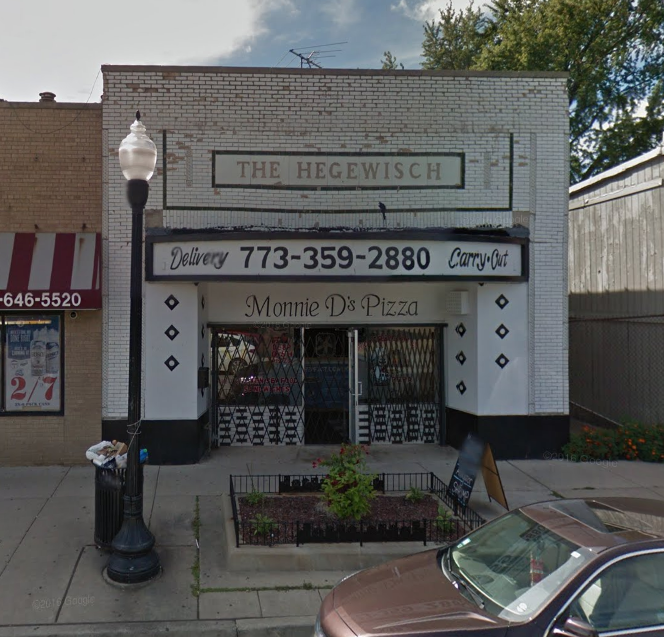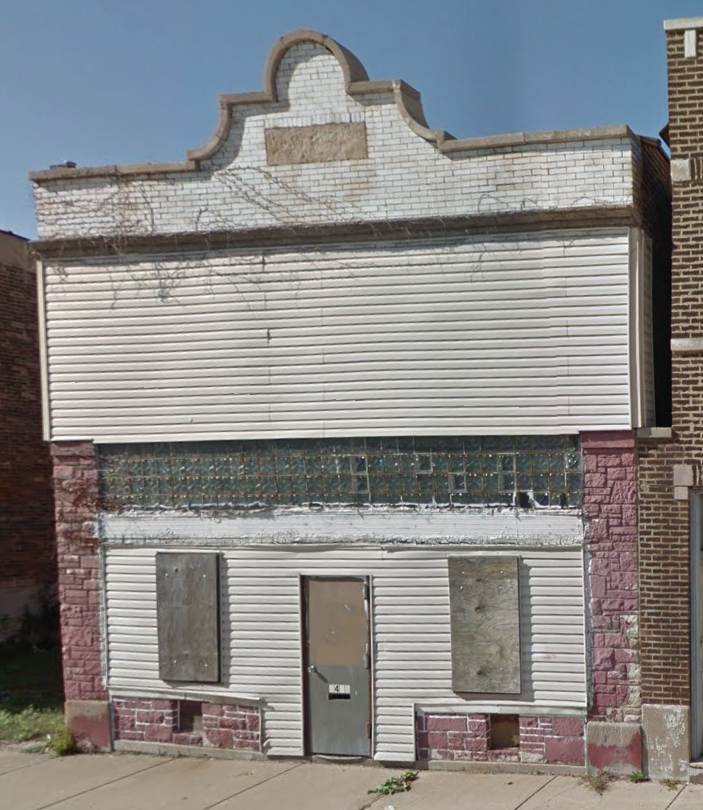
On October 25th, 1941, The Daily Calumet in its 60th anniversary edition printed an editorial making the claim that famous American poet Walt Whitman was the publisher of one of South Chicago’s earliest papers. The South Chicago Times, first published on June 26th, 1875. This date comes into conflict with historical records of Walt Whitman’s life.
The well-known author, Walt Whitman, was one of the foremost pre-civil war American intellectuals. He believed in an individualist ideology, developed from the philosophies of transcendentalism. Like many of his contemporaries, Whitman’s ideals were changed greatly by seeing the horrors of the war. Whitman pre-war believed that America had outgrown many of its governmental systems to be replaced by a more democratic society. But the war proved the need for a more defined, systematic stewardship of people.
After the war, Whitman was appointed to different federal government positions including the Indian Bureau of the Department of Interior, and the attorney general’s office. He lived in Washington DC until January of 1873. He left DC for Camden, New Jersey to care for his aging mother. Around the time of her death in 1873, Whitman himself suffered a stroke that left him partially paralyzed, and in the years that followed he suffered several more strokes. Whitman would end up living in Camden for the rest of his life.
This brings up the question who is the Walt Whitman identified by The Daily Calumet. Pauline Miller, with the Walt Whitman House, a museum in Camden, confirmed that the famous author spent the remainder of his life in New Jersey and could not have been in South Chicago at the time that The South Chicago Times was published. The Walt Whitman referenced in The Daily Calumet’s article is, most likely, of no relation.
The main source for the Daily Calumet article could have been the History of Cook County Illinois written by A.T. Andreas. In his book published in 1889, Andreas comprehensively covers early development of Cook County including a history of the press. Most of what Andreas wrote was copied almost word for word by the author of the 1932 Daily Calumet article.
The history of the press cover by Andreas begins in the Spring of 1873, with The South Chicago Enterprise led by H.L. Goodall. A few years after, The South Chicago Times was published on June 26, 1875 by a Walt Whitman. By the Fall of the same year, H.L. Goodall bought Whitman’s Times and renamed his paper The Enterprise and Times. A third company, Messrs, Mudge & Mead started publishing The Bulletin in Spring of 1875. H.L. Goodall eventually bought The Bulletin in November of 1876 then renaming the paper The Dollar Weekly Sun. H.L Goodall shortly after sold The Dollar Weekly Sun to a regional publisher for the village of Hyde Park, South Chicago Post and Printing Company, that printed daily. A more localized paper, The South Chicago Independent began publishing September 21, 1882 this paper would eventually become The Daily Calumet.
When Andreas references individuals in his history, he gives background to only a select few of individuals identified and mostly in his sections entitled “biographical sketches”. The Walt Whitman referenced in Andreas press section is given no background or reference to being the famous American poet. Walt Whitman, the great American poet, due to family issues and issues of his own health was not traveling at the time The South Chicago Times was published. Walt Whitman was most likely not the publisher mentioned in A.T. Andreas, History of Cook County Illinois.

Sources:
Andreas, A.T. History of Cook County from the Earliest Period to the Present Time. vol 1. 1884.
The Daily Calumet: 60th Anniversary Edition, 1941, October, 25.
Fredrickson, George M. The Inner Civil War: Northern Intellectuals and the Crisis of the Union. 1965.
Miller, Pauline. “Whitman in Chicago”. 9 Mar. 2018. E-mail.
Miller, James E. Walt Whitman. 1990.
Reynolds, David S. Walt Whitman. 2005.





